Hits: 21
Prime versus zoom
Lenses can be divided into two main categories; zoom lenses, which have a variable focal length, and prime lenses, which have a fixed focal length. Zoom lenses have the advantage that they are more versatile, so just a couple of lenses can cover a wide range of focal lengths. But they also have several disadvantages. They are heavier than prime lenses, the optical quality is usually not quite as good, and they usually have a smaller (slower) maximum aperture. Prime lenses, conversely, are lighter and usually of better optical quality, but you have to carry more of them to cover a range of focal lengths. Both types of lenses are available in a huge range of sizes and prices, from cheap standard 50mm lenses to ultra-fast telephoto zooms costing over € 10,000.
There is actually relatively little difference in price-per-focal length between zooms and primes; both vary widely depending on quality, focal length and maximum aperture, with both popular and premium varieties of both types.
Some photographers prefer the convenience of zoom lenses. Others prefer the superior performance of prime lenses, while others prefer to use a mixture of prime and zoom lenses depending on the circumstances.
Pancake lens
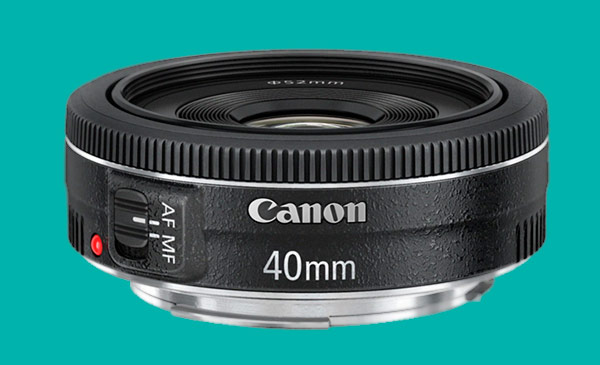
Typical focal length: Wide, Normal, Telephoto
Simply put, a pancake lens is a very flat prime lens. It is shorter than it is wide and it is very small and light. They are used primarily by photographers who are after a small and compact camera/lens system. They are used with DSLR and Mirco Four Thirds cameras. Relative to their diminutive size, they can produce very good images.
Standard zoom
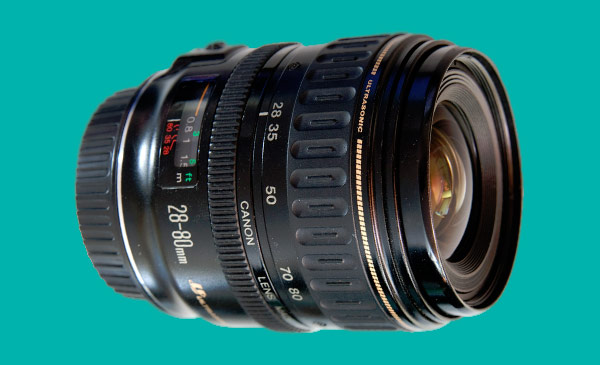
Typical focal length: 28-80mm (full-frame equivalent).
This is the most common focal length, suitable for general photography and useful for everything from landscapes to portraits. Most systems will include a couple of lenses in this focal length range, usually a cheaper, slower version often included as a kit lens with a new camera, and a premium lens often costing a lot more but with a much larger maximum aperture and/or much higher optical quality.
Ultra-wide zoom
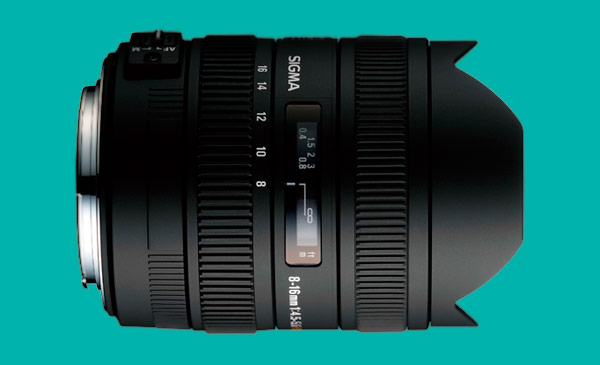
Typical focal length: 16-35mm (full-frame equivalent)
Ultra-wide-zoom lenses are primarily used for landscape photography. They are more specialised than standard zooms, and consequently are usually more expensive, although some systems include both standard and premium types.
Macro lens
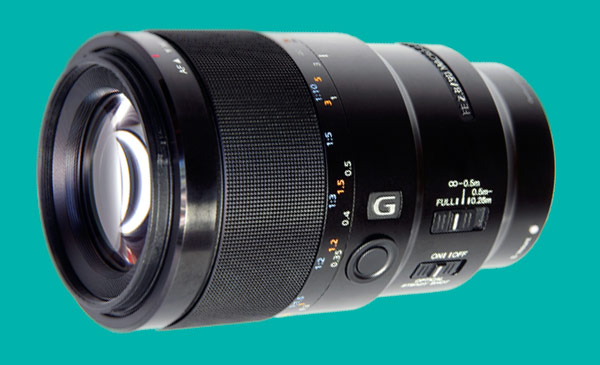
Typical focal length: 50-100mm (full-frame equivalent)
A true macro lens by definition should be able to record an image at 1:1 scale on the sensor or medium it was shot on at its closest focusing distance. This magnification factor means that a macro lens is able to fill the frame and reveal amazing detail on very small objects.
Medium telephoto zoom
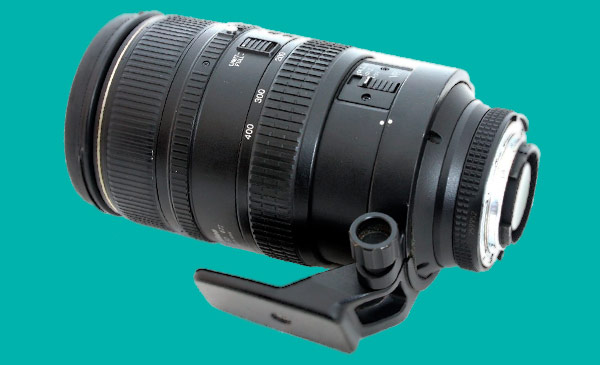
Typical focal length: 80-300mm (full-frame equivalent)
The medium telephoto zoom is useful for amateur wildlife or sports photography, or portraits at the shorter end of its focal length range. Telephoto zooms have a smaller effective aperture than standard zooms.
Specialist lenses

Specialist lenses are used mainly by professionals and advanced enthusiasts. These include both zoom and prime ultra-fast telephoto lenses used by sports and wildlife photographers, shift lenses used by architectural and landscape photographers, and fish-eye lenses, used to create ultra-wide-angle shots with a peculiar distortion effect.
CONVERSION FACTORS
Since most digital SLR and CSC cameras use sensors that are considerably smaller than a frame of 35mm film, when using lenses designed for older film cameras the field of view is reduced by a certain amount. This has the effect of increasing the apparent focal length, so what had previously been a wide-angle lens becomes closer to a standard view lens. This „crop factor“ or „conversion factor“ is an important consideration when buying a lens.
To convert the focal length of a digital SLR lens to the equivalent focal length of a lens for a 35mm camera, it must be multiplied by the conversion factor. For APS-C cameras this is approximately 1.5:1, so a standard 18-55mm zoom lens, as supplied with many DSLRs, is roughly equivalent to 27-82mm, close to the 28-80mm that is a standard zoom on 35mm cameras. If one were to use that 28-80mm lens on a DSLR it would be the equivalent of a 42-120mm zoom.
Olympus and Panasonic Four-Thirds systems have a conversion factor of approximately 2:1, so a standard zoom for these systems is usually 14-42mm, again roughly equivalent to the 28-80mm full-frame standard.


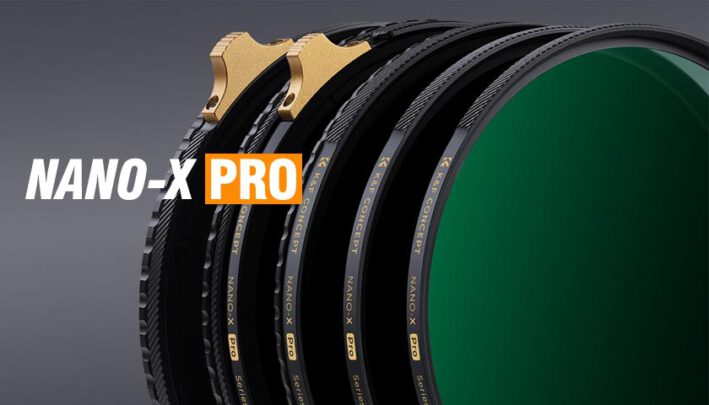
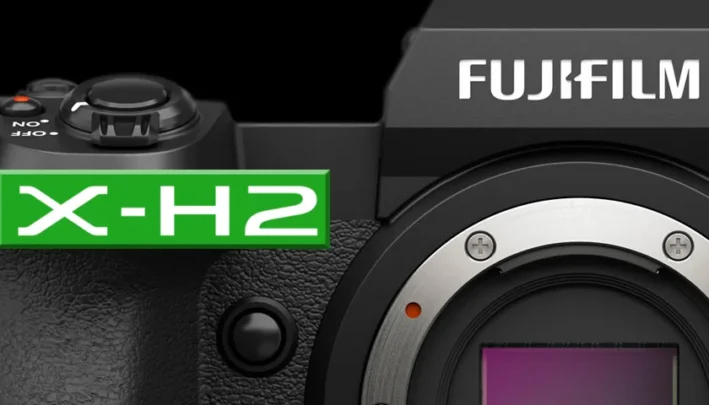
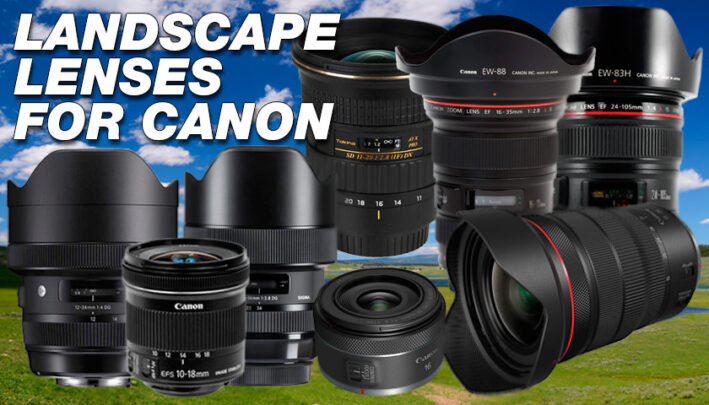
[…] Using an extension tube allows you to shoot closer to your subject (no matter which lens you use), which in turn also decreases your depth of field. i.e. you‘ll need to learn how to like, and control the amount of blur you see. This is the beauty of extension tubes. If you buy a set, you can join two extension tubes together to give you even more magnification. However I do recommend using them one at a time to start with before coupling them together for even more magnification. […]
[…] lens, the focal length is important, as it has a direct effect on the shape of your model‘s face. 50 mm to 100 mm focal length are ideal for a realistic (not distorted) portrait. Nevertheless, a slight distortion […]